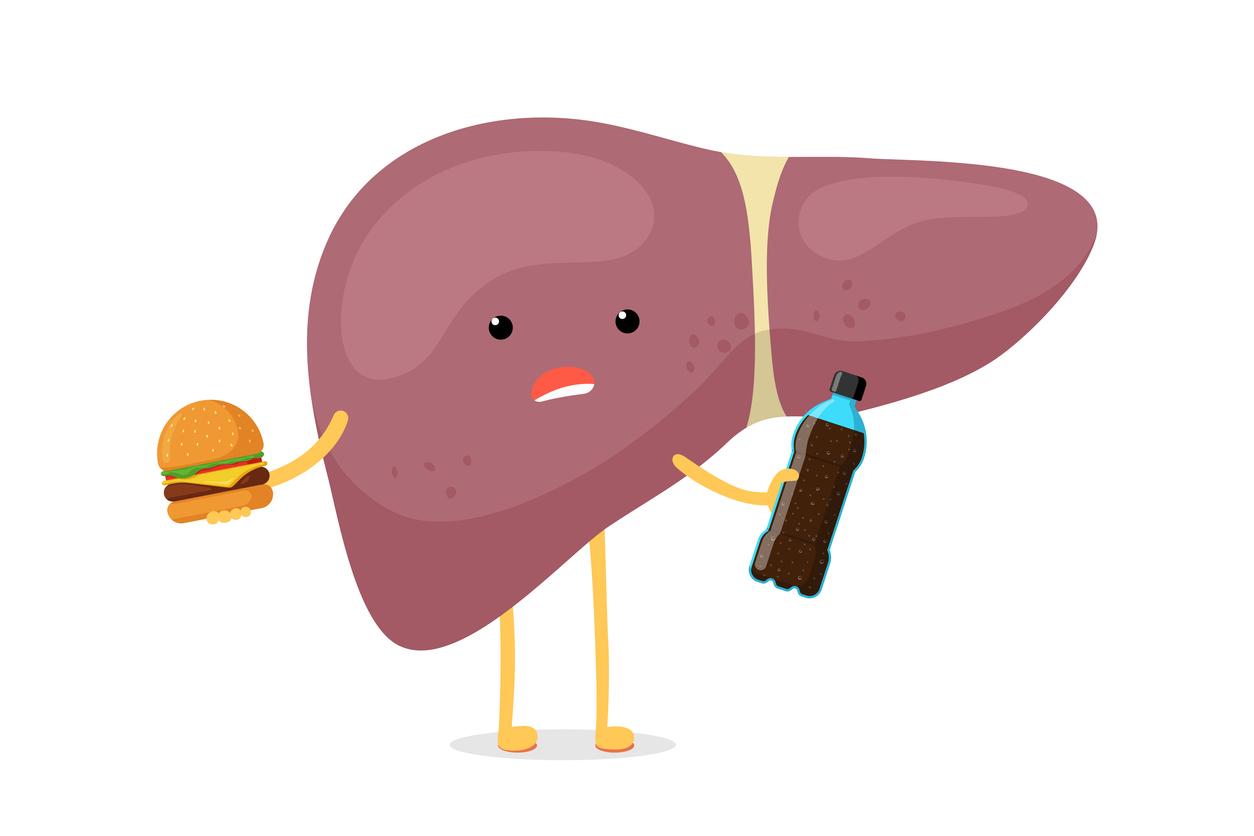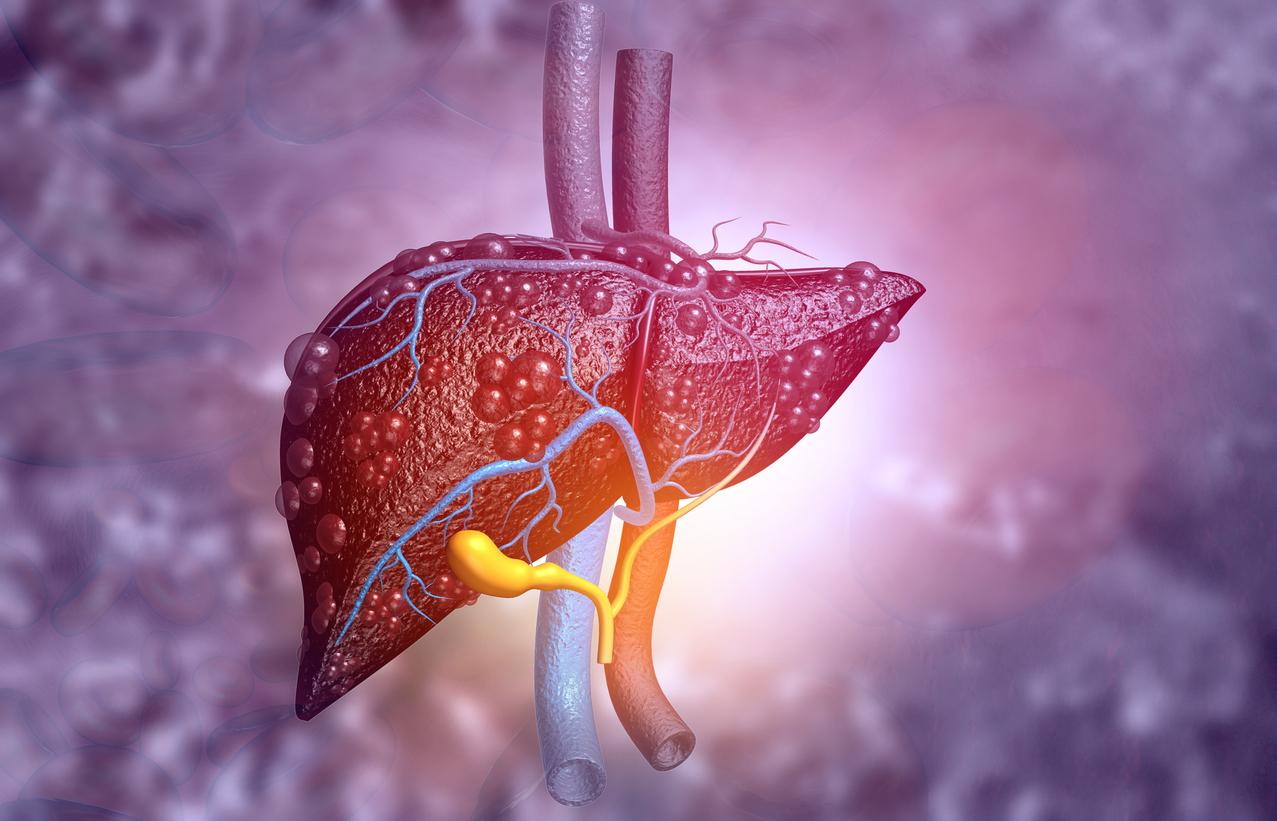Why doctor is launching a week to raise awareness of fatty liver disease which affects nearly one in five French people.

- Non-alcoholic fatty liver disease means that too much fat is stored in liver cells. It is a liver disease that affects people who drink little or no alcohol.
- “For 30 years, and particularly over the last ten years, fatty liver diseases have had an explosive prevalence throughout the world, linked to the increase in diabetes and obesity,” explains the hepato-gastro- enterologist Dr Pauline Guillouche.
- “The problem is inflammation,” insists the doctor. Because it is this inflammation which will gradually damage the liver. The risk is the gradual development of fibrosis, that is to say a progressive hardening, leading to cirrhosis.”
“With nearly 20% of French people and 25 to 30% of the world population affected, non-alcoholic fatty liver disease (NAFLD) is considered the metabolic disease of the century.”, already alerted Inserm in a statement of November 2022. And things do not seem ready to improve since projections estimate that this number will continue to increase by 2030. “For 30 years, and particularly over the last ten years, fatty liver diseases have had an explosive prevalence throughout the world, linked to the increase in diabetes and obesity.”, confirms hepato-gastroenterologist Dr Pauline Guillouche.
NASH: “a liver disease that affects people who drink little or no alcohol”
“As the name suggests, non-alcoholic fatty liver disease means that too much fat is stored in liver cells.”, explains the specialist. “It is a liver disease that affects people who drink little or no alcohol.”
In fatty liver diseases, we distinguish the simple deposition of fats in the liver which is hepatic steatosis (NAFLD); and NASH which combines steatosis with inflammation and signs of liver cell distress. “It is estimated that 10 to 20% of individuals with a fatty liver have NASH.” In this case, scar tissue gradually spreads throughout the liver, destroying its internal structure and impairing its ability to regenerate and function.
Very recently, since 2023, the medical nomenclature has changed, making the designations “more complicated” according to the specialist, with:
-MASLD for “metabolic dysfunction associated steatotic liver disease” ;
-Match ALD for MASLD + “alcohol” ;
-MASH “which replaces the term NASH for steatohepatitis linked to metabolic dysfunction”.
However, the disease is still diagnosed in the same way. Steatosis is assessed according to four grades, with: grade I when fatty vesicles are observed in 5 to 25% of hepatocytes, grade II when 25% to 50% of hepatocytes are steatotic, grade III when the rate reaches 50 % to 75% of cells, and finally grade IV when there is steatosis in more than 75% of hepatocytes.
Non-alcoholic fatty liver disease: what are the risks?
“The problem is inflammationinsists the doctor. Because it is this inflammation which will gradually damage the liver. The risk is the gradual development of fibrosis, that is to say a progressive hardening, leading to cirrhosis.”There are several stages of fibrosis, ranging from stage F0 (no involvement) to stage F4. Cirrhosis is the most serious stage of the disease because it is not reversible and can lead to liver cancer. At this stage, the organ performs its functions more and more poorly, until it can no longer do so. “It is to avoid this development that it is important to take care of ourselves.”


















